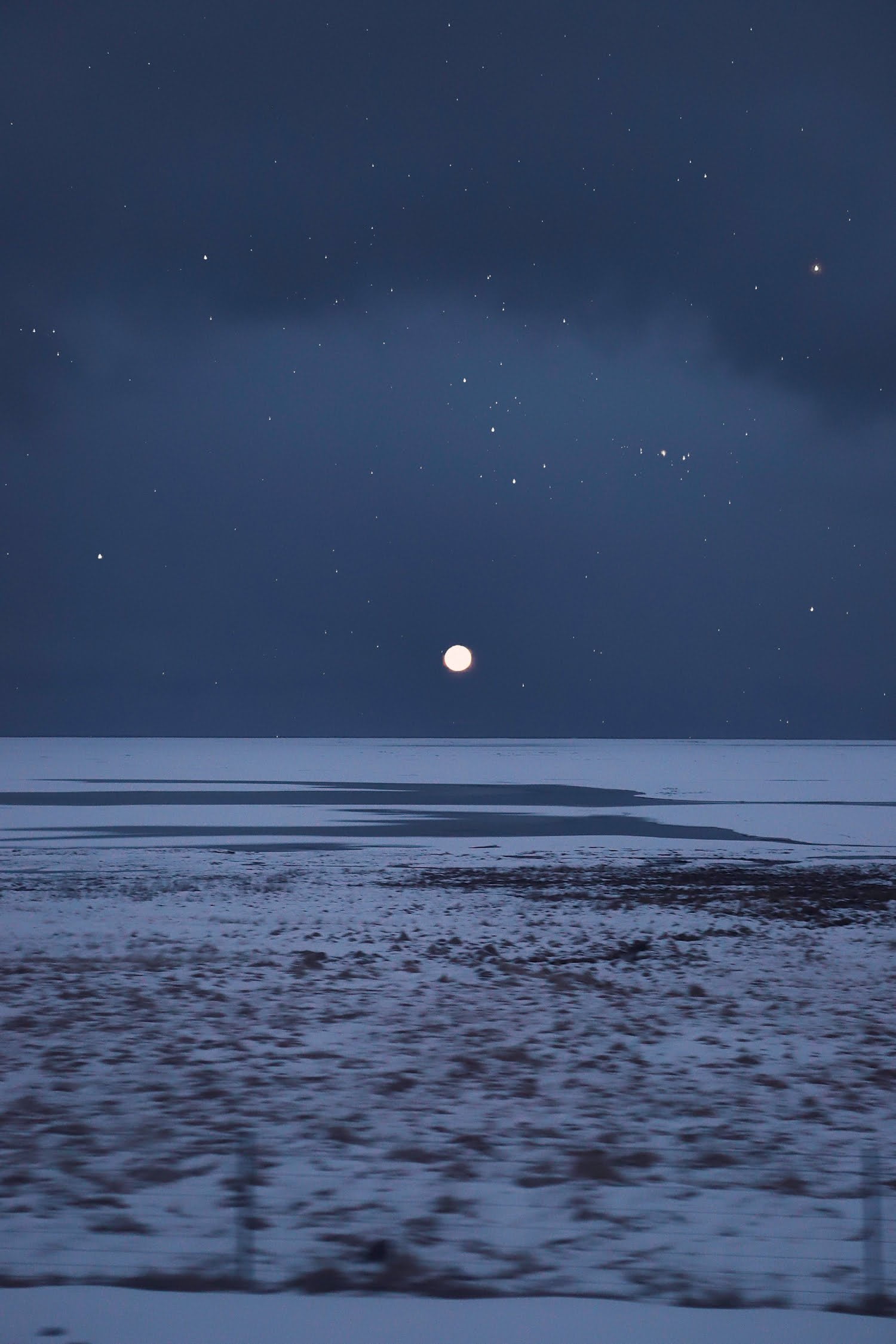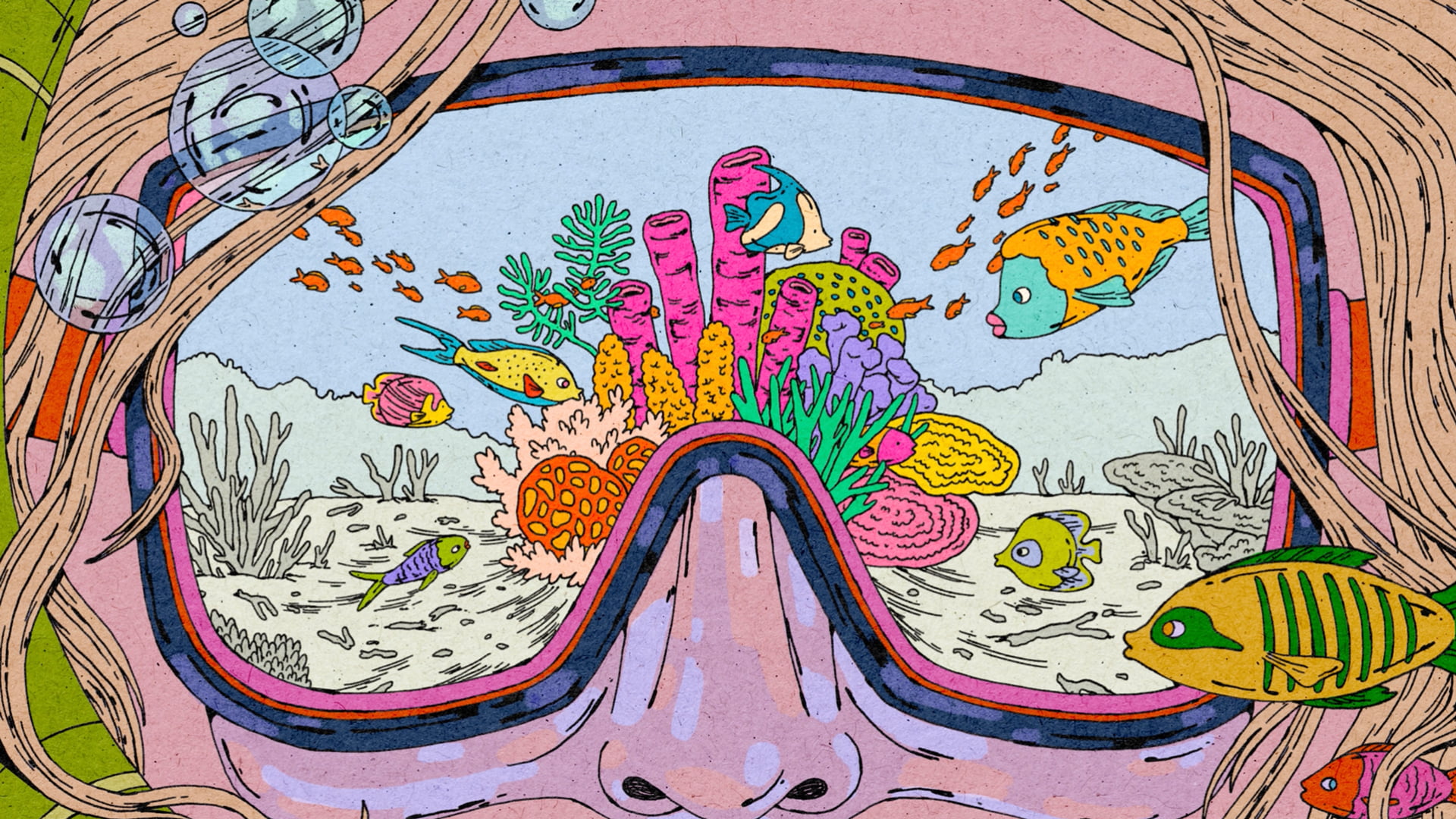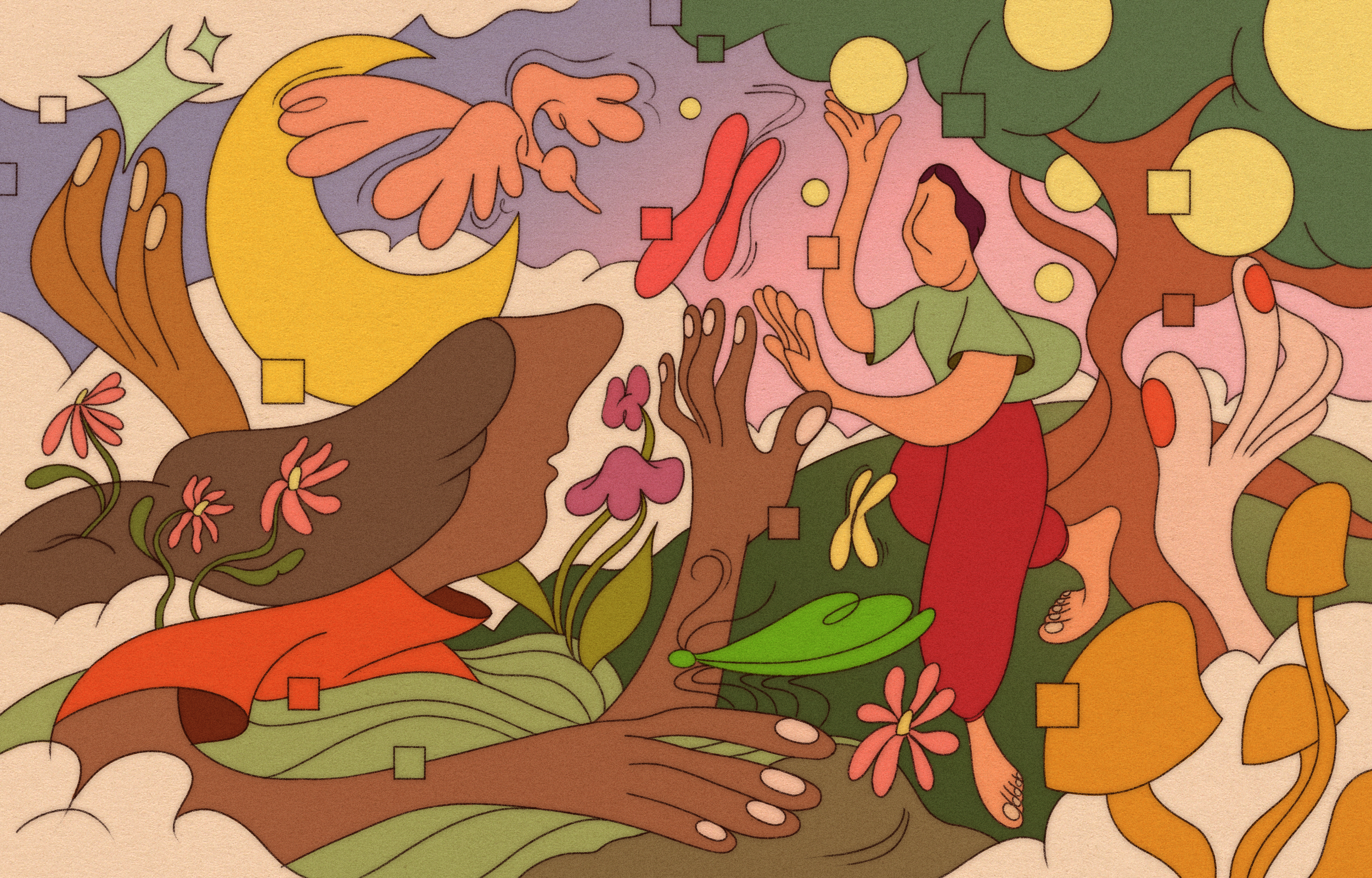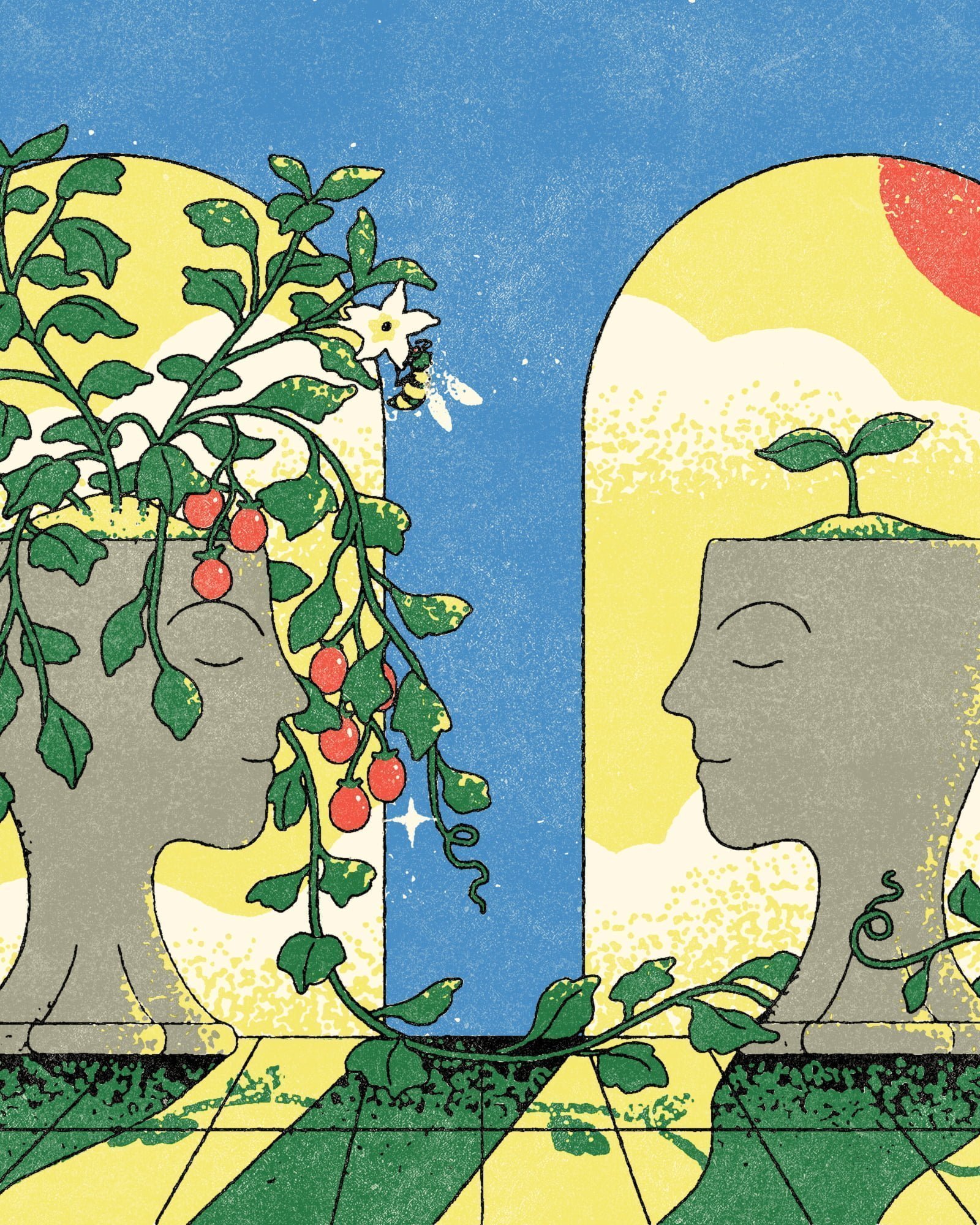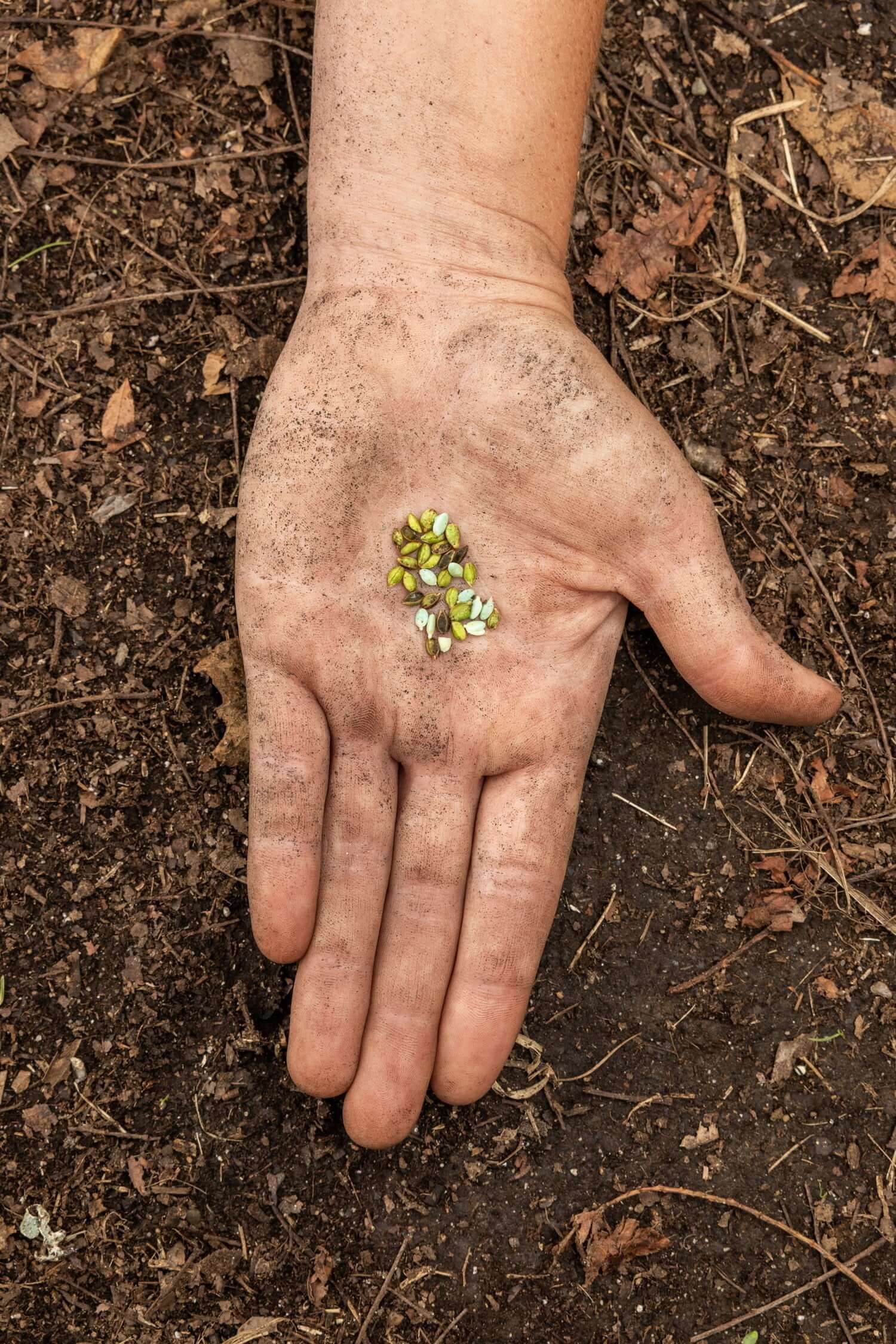The pristine wilds of the Arctic have always inspired awe in those witnessing its vast expanses and icy extremes – and continue to do so, as polar researcher Stephen Lezak discovers. But how to reconcile the enduring beauty of the landscape with the threatening spectacle of global warming unfolding before his eyes?
Last spring, I guided seven teenage mountaineers toward the summit of one of the tallest volcanoes in North America. We made our high camp at 3,200 metres and woke at 1:30am to begin a nine-hour push for the summit. Hands clumsy with altitude sickness, we laced our heavy mountaineering boots, tried to eat some- thing, leashed our ice axes, and started uphill. Shortly after leaving camp, the gibbous moon set behind the mountain’s western flank, and the sky above us took on the depth and luminosity unique to the thin alpine air. Just before the grey dusk began filtering into the sky, we paused, turned off our headlamps, and marvelled at the broad ribbon of the Milky Way in the frozen night. The starlight was just bright enough to illuminate the mountain, whose white summit rose more than 1,000 metres above us. We were transfixed in the stillness, cradled in the fold of these two eternities. Right where we belonged.
What we experienced in that moment was awe, which is not the same thing as amazement. Amazement has a timbre of incredulity, of struggling to place an experience into our understanding of the world. Watching a magician pull a rabbit out of a hat is amazing. In a way, this is a cheaper experience. Hearing a pianist’s hands dance across a keyboard is no guarantee that the music she plays will stir us to a deeper emotion.
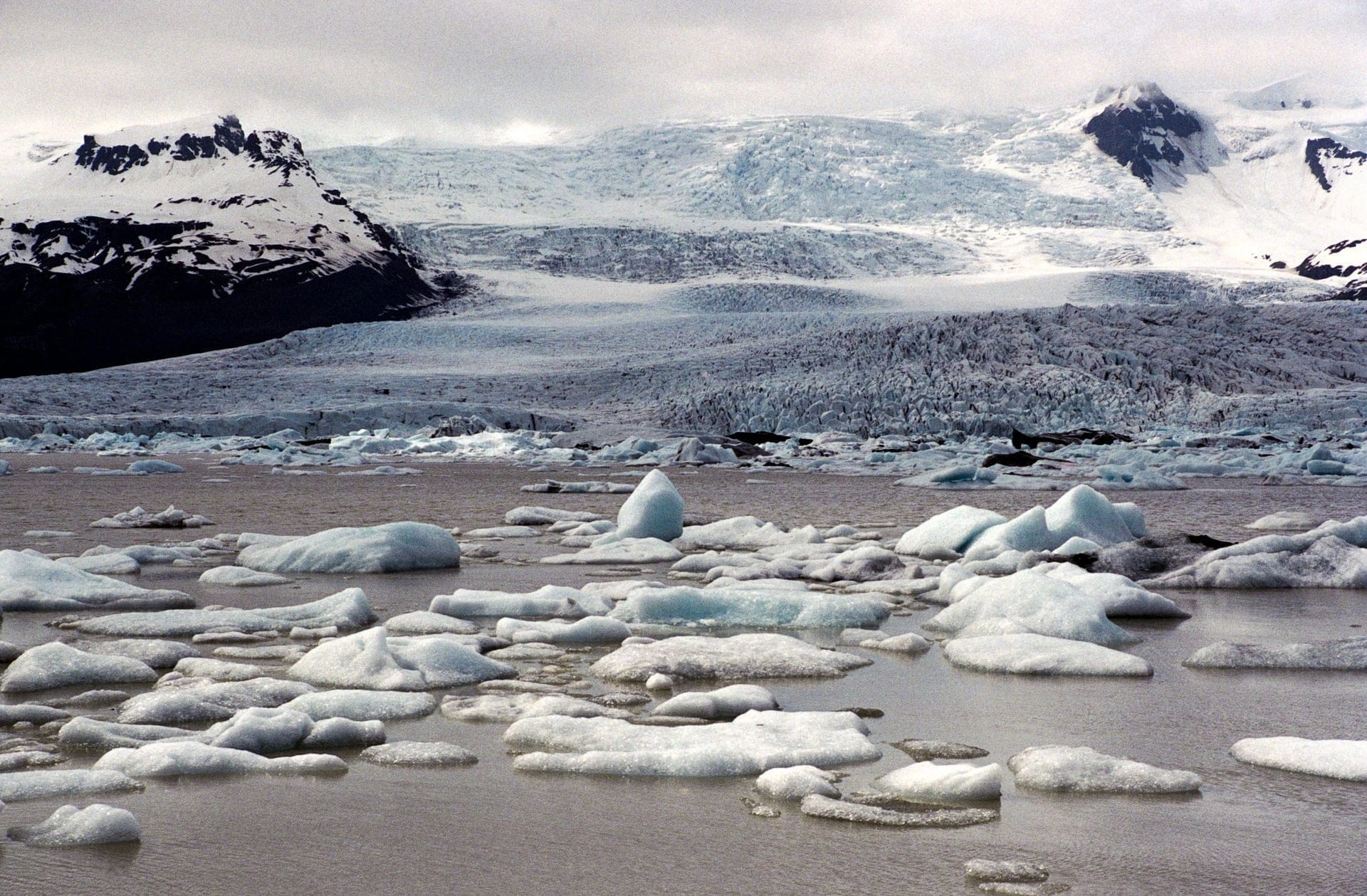
Amazement usually comes from noticing something incredible; it is an act of concentration. Awe, by contrast, is an expansive experience, broadening our attention. It opens up fissures in our perception, as if to allow more of the world to pour into our interior selves. The core of this feeling is not disbelief. Rather, it is connection to a certain vastness. Seeing the undulating waves of the northern lights or the impossible expanse of a glacier leaves us at a loss for words, softens us to our surroundings. No one in their right mind ever looked up at the starry sky and wished for war.
Support Imagine5
We’re able to tell stories like this because of people like you. Join others from around the world in supporting Imagine5’s mission towards a sustainable future. Join today and receive our latest magazine for free.
***
I came to the High North to learn how Alaska Native communities were adapting to climate change, often with limited assistance from the state and federal governments. At first, I planned to conduct fieldwork in the conventional academic sense, arriving for a few months, then returning to a distant home – the UK, in my case. I quickly realised the foolishness of this plan. I would not be able to connect to the communities and landscapes if I were just a visitor. I needed to make my home here.
In autumn of 2022, I moved to Nome, Alaska, a town of 3,500 people on the eastern shore of the North Bering Sea. This region of Alaska is frequently described by outsiders as existing at the edge of the world. To the people whose ancestors have lived here since time immemorial, it is the centre. Moreover, Nome is not a peripheral town by Western Alaska standards. It is the regional hub for 15 Alaska Native communities on this side of the Seward Peninsula, an expanse of villages, tundra, and mountains larger than Switzerland.
It is a place of relative extremes and spectacular beauty. As I write this, the summer solstice is approaching; the sun will dip below the horizon at 1:40 tomorrow morning and rise three hours later. A few weeks ago, migratory birds began arriving from their winter roosts – including the Arctic tern, which travels from its winter home in Antarctica to complete the longest annual migration of any known animal. But spring has come late, and the new arrivals have found an unseasonably snowy landscape. They wait, impatient and hungry, singing of summer and pecking at the frozen ground beneath the last of the northern lights.
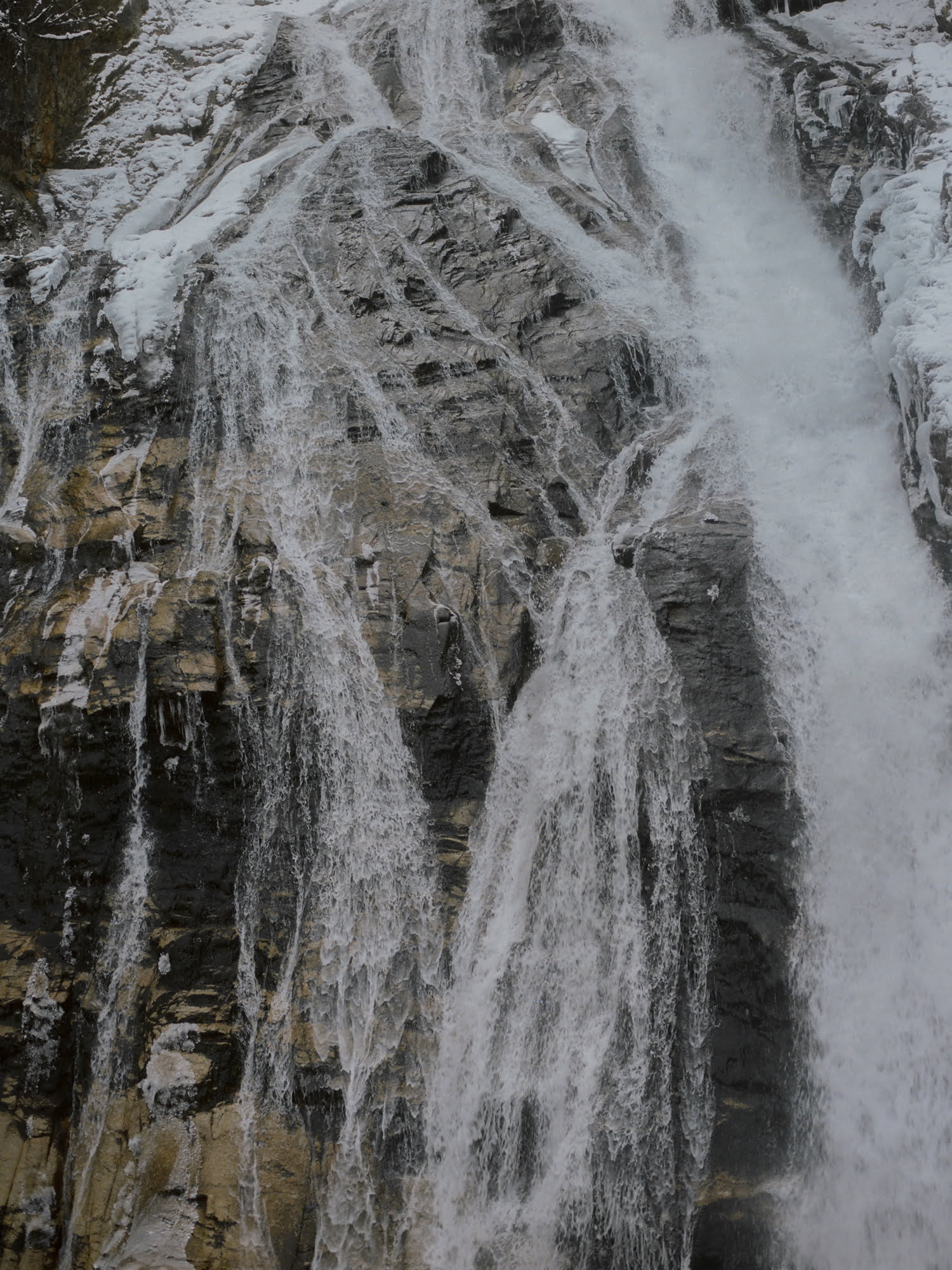
In the Arctic melting ice in springtime brings mixed emotions. Photo: Lisa Edi / Connected Archives
With the first week of warm days, azure waters pooled on top of the frozen white rivers. Threads of turquoise wove through the tundra beneath equally blue skies. Alaskans call it overmelt. Beneath the cerulean veneer, beneath the ice, clear water flows over ancient river stones. Mergansers look on from the snowy shore, their tufted heads tilted in apparent scepticism.
The arrival of warmth in the High North comes with a certain anxiety these days. The Arctic is warming at nearly four times the rate of the rest of the planet. Much of the region has already shattered the 1.5°C ‘never exceed’ climate threshold that scientists and politicians negotiated at United Nations forums. So it comes as no surprise that standing on the winter’s dwindling sea ice, ankle-deep in slush, brings a mix of two conflicting emotions: profound awe at the landscape’s indomitable beauty and the unshakable feeling that something is terribly wrong.
***
We don’t often speak of awe, perhaps because we don’t fully understand it. It is an emotion that remains elusive in most of our daily lives. More so than any other feeling, we associate awe with the ephemeral experiences of travel, adventure, spirituality, and the more-than-human world.
In our present moment, it can be tempting to turn away from awe. Smoke-darkened skies, worsening storms, drought, and heatwaves all seem to suggest that the spaces outside of our homes are becoming more hostile, and even vengeful, in response to centuries of injury at the hands of industrial humanity.
The warming Arctic is pushing certain species to the brink of extinction, along with certain forms of human life. To the south, the failure of salmon runs along the Yukon and Kuskokwim Rivers have dealt a terrible blow to the Yup’ik villages who rely on these fish for subsistence. To the west, the hunters of St. Lawrence Island must travel farther in their small open boats to find sea ice where walrus live, taking on greater risks to feed their families.
“Awe offers a pathway to a more ecological perspective, eroding the misguided belief that we humans inhabit a separate world”
But life has a way of pressing on. Once absent from the treeless tundra, willows are multiplying across the Seward Peninsula, lining the banks of the Nome River. Beaver have followed, and I hope they managed to stay warm and fed despite this long winter. Farther north, in a part of Alaska that I only know second-hand, salmon are spawning in streams where they have not ventured for tens of thousands of years. The land endures – tired, beautiful, and utterly sublime.
The urban zeitgeist of crisis that fills our digital feeds tends to prioritise pragmatism and dread over romanticism. As a result, it can feel disobedient – even reckless – to marvel at the beauty that endures in spite of so much loss. But bringing ourselves into communion with the world gives us a perspective that staying indoors cannot. Awe offers a pathway to a more ecological perspective, eroding the misguided belief that we humans inhabit a separate world from what we reduce to the term ‘nature’.
Until recently, awe was the nearly exclusive domain of artists and writers. But in past years, psychologists have tried to replicate awe in their laboratories. In their experiments, awestruck participants report a feeling of physical and metaphorical smallness. When asked to draw self-portraits after experiencing a state of awe, participants draw smaller figures than those in control groups. As if individual self-importance has somehow shrunk in the process. In surveys, the awestruck also feel more connected to their communities and less desire for material goods. In a time of widespread alienation, when many of us are retreating into increasingly private lives, awe invites a feeling of belonging that is harder to come by in the crowded cities many of us call home.
I am lucky to live in a place where the wonders of the landscape are not ploughed up, paved over, and easy to miss. Still, in the rapidly changing North, taking note of the indomitable beauty that endures feels like a quietly revolutionary act. It requires holding together reverence and care, turning toward loss while refusing to accept simple prophecies of destruction.
I step outside and marvel at the Nome River, squinting through the sun reflected off the snow. It is warm enough that I have left my heavy jacket inside. The planet is changing. The morning is perfect. The river ice is gradually breaking apart, the overmelt giving way to inky waters below. I wonder how it will look by the end of the day.
***
I recognise that in most ways, I will always remain a visitor here, no matter how long I stay. This is particularly true relative to my Siberian Yup’ik and Iñupiaq friends, who call this place home in a way that I could never do myself. To locate oneself and one’s ancestors within the phrase, ‘since time immemorial’, is to possess a sense of home that transcends human timescales. And to live in relative reciprocity with the landscape, such as through hunting, fishing, and gathering, provides a startlingly clear understanding of what, precisely, is at stake when we speak of change.
Last week, I spent several days tending to the team of sled dogs that have become my occasional companions. I delivered dinner each bright evening, and each night the lead dog, Molly, met my gaze with an arresting familiarity, beckoning me to stay for a moment. In a week or two, the snow will melt, and it will become too warm for the team to run long distances in the heat. Instead, Molly and her 12 teammates will rest during the short summer, take laps in the dog yard, and – I suspect – dream of snow, secure in the ancient knowledge that winter will come again.

A window onto a changing climate. Photo: Lisa Edi / Connected Archives
There is a certain wisdom in the land that is difficult to learn from within the confines of a city or suburb. But if we allow it, our sense of wonder can build a bridge between the thrum of everyday urban life and the wisdom that lies just outside. Even from the most crowded metropolis, a trained eye can glimpse eternity in a star, a stone, or birdsong.
Sometimes a glimpse is all we get. And it is enough to remind ourselves that apocalypse offers no instructions for survival.The birds have no use for it. Neither do we. Watching landscapes change is painful, especially when we call those places home. But elegy is anathema to action. If we listen carefully, we can hear the ancient stories of resilience that predate the current generation of ills and insults. The land knows how to mourn for the lost while fighting unflinchingly for the living.
We’re able to share tips like this because of people like you. Join others from around the world in supporting Imagine5’s mission towards a sustainable future. Become a member, or donate what you can. Find out more here.
How does your garden grow?
